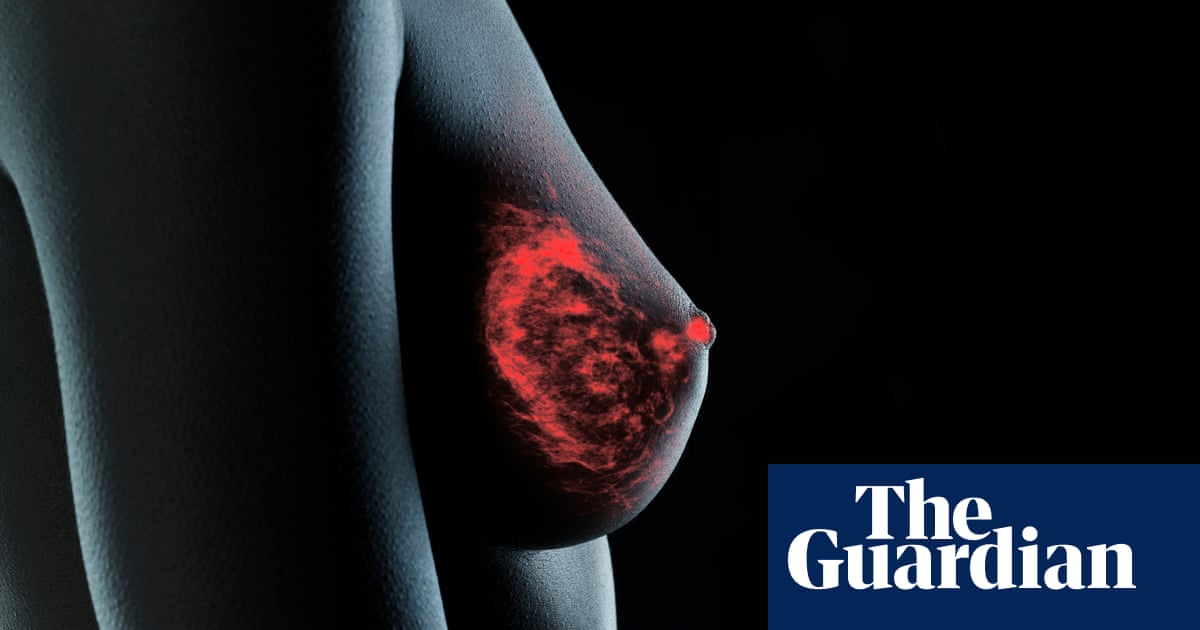More than 400 chemicals regularly used in everyday plastic products are linked to breast cancer, and the dangerous compounds could be a driver of increasingly elevated cancer rates in young women, new research finds.
Many of the toxic chemicals â such as PFAS, phthalates, parabens and aromatic amines â are added to food packaging, personal care products and single-use plastics, making exposures nearly ubiquitous.
Though the paperâs findings highlight âwidespread and frustratingâ under-regulation of plastic, it also strongly points toward regulatory solutions, said Ruthann Rudel, a co-author with the Silent Spring Institute.
âPlastic production is an area where we now know we have a set of chemicals that are of high concern for breast concern ⦠and now we can target them more effectively where we have opportunity for regulation,â Rudel said.
Plastic is a notoriously toxic material that can contain any of over 16,000 chemicals, many of which are known to be hazardous to human health or the environment, and many others that have no public toxicological profile.
The paper follows recent Silent Spring research that identified more than 900 chemicals in commercial use that are linked to breast cancer. Rudelâs team crosschecked that group with a database of plastic chemicals, and found 414 matches.
The studyâs authors note that women are twice as likely as men to be diagnosed with cancer before age 50 â breast cancer is a major driver of high rates â and the exposures to plastic chemicals are probably a significant piece of the puzzle.
The chemicals identified either cause mammary tumors in animal studies, affect hormone synthesis, are genotoxic or present some combination of each pathway to breast cancer.
Phthalates are added to plastic to prevent the material from becoming brittle, while PFAS are added to prevent sticking, or to form a barrier for sensitive contents in a package. Rudel said she is particularly concerned about aromatic amines, often used as dyes, because they are ubiquitous, and what little toxicological data on the chemical class exists points to high carcinogenicity.
Despite the known risks, plastic in general remains a little-regulated substance, largely because of the petrochemical and plastic industryâs lobbying power. But regulation can be effective: the addition of some phthalates to Californiaâs Proposition 65 law, which targets toxic chemicals in consumer goods, broadly reduced the level of the dangerous compound in Californiansâ blood.
Much of the success in limiting toxic chemicals has come at the state level, Rudel said, and she added that regulators need to start addressing chemical classes instead of each chemical on an individual basis. The latter approach makes it virtually impossible for regulators to address even a majority of toxic chemicals.
The world also needs to wind down plastic production, Rudel said, adding that the United Nations-backed plastic treaty could be an effective tool. However, that process has been sabotaged by the unwillingness of petroleum-producing nations like the US.
On an individual level, women can take some steps to protect themselves. Diet is a major exposure route so avoiding plastic in kitchenware and food packaging could significantly reduce exposure.
âPeople donât have to know the individual chemicals, they can just try to use less plastic and it will be good for the earth and them,â Rudel said.



